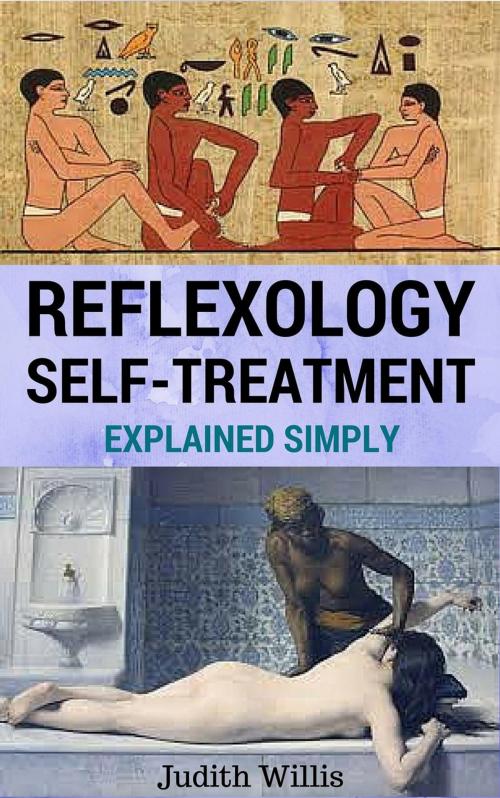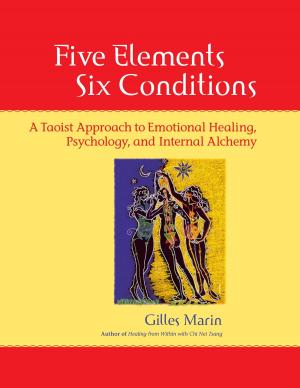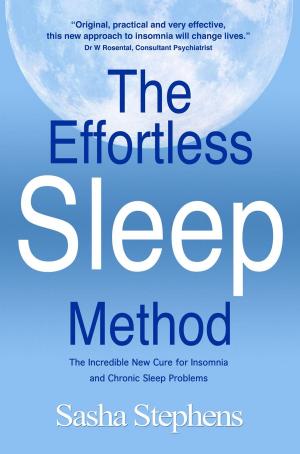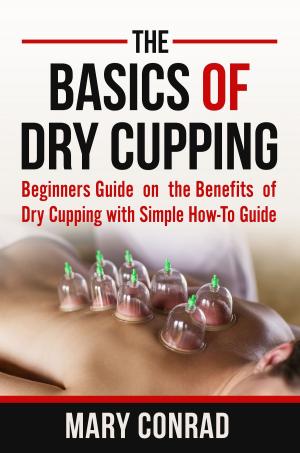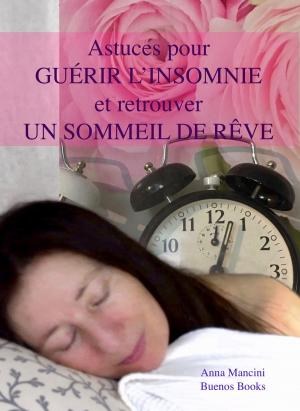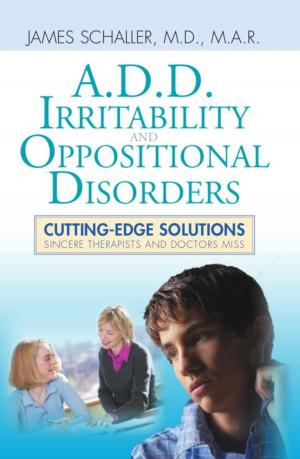Reflexology Self-Treatment Explained Simply
Nonfiction, Health & Well Being, Health, Alternative & Holistic Health, Acupressure & Acupuncture, Massage & Reflexotherapy, Alternative Therapies| Author: | Judith Willis | ISBN: | 9781533716729 |
| Publisher: | Judith Willis | Publication: | May 17, 2016 |
| Imprint: | Language: | English |
| Author: | Judith Willis |
| ISBN: | 9781533716729 |
| Publisher: | Judith Willis |
| Publication: | May 17, 2016 |
| Imprint: | |
| Language: | English |
While there is some debate on where the practice of reflexology originated, there is little argument about its effectiveness as a natural form of treatment.
The term “reflexology” has its roots in two Latin words, “acus” meaning needle and "pressura" meaning pressure. The complete phrase translates into needle pressure but the actual treatment does not involve the use of any needles. It is done by pressing reflex points in certain zones of the body.
Reflexology shares some of the same principles seen in acupuncture. Both practices work on pressure points in the body to achieve health benefits. Acupuncture involves accessing numerous spots known as acupuncture points. These points, when stimulated by needles, free up the body's energy, thus eliciting a cure. Reflexology, on the other hand, uses pressure from the fingers, thumb and, sometimes, devices to apply pressure on the different reflex areas in the hands, feet, and outer ear.
Reflexology is a wonderful system, easy to understand and even easier to practice. Its simplicity, however, is based on an ancient healing tradition. Whereas, acupuncture can only be carried out by a qualified and trained physician, anyone who studies reflexology can practice and use it to their benefit.
There are certain areas of Reflexology that you need to study thoroughly if you’re interested in mastering this practice. These include:
- The theory of the invisible zones in your body,
- The location of numerous reflexology points on your hands, feet, and the outer ear and
- The manner of applying pressure on these reflexology points
Anyone can enjoy the benefits of reflexology regardless of their age and gender. If you do research online, you will see that there are many therapists out there who can work on the different areas of your body to improve your health.
However, it costs money each time you have therapy. So, why not learn this ancient practice and apply it to yourself and your family, right?
In this eBook, we will tell you everything there is to know to get you started. Hopefully, by the end of this material, you will be one of those people who enjoy the benefits of reflexology, not just occasionally but on a regular basis, right from the comfort of your own home.
While there is some debate on where the practice of reflexology originated, there is little argument about its effectiveness as a natural form of treatment.
The term “reflexology” has its roots in two Latin words, “acus” meaning needle and "pressura" meaning pressure. The complete phrase translates into needle pressure but the actual treatment does not involve the use of any needles. It is done by pressing reflex points in certain zones of the body.
Reflexology shares some of the same principles seen in acupuncture. Both practices work on pressure points in the body to achieve health benefits. Acupuncture involves accessing numerous spots known as acupuncture points. These points, when stimulated by needles, free up the body's energy, thus eliciting a cure. Reflexology, on the other hand, uses pressure from the fingers, thumb and, sometimes, devices to apply pressure on the different reflex areas in the hands, feet, and outer ear.
Reflexology is a wonderful system, easy to understand and even easier to practice. Its simplicity, however, is based on an ancient healing tradition. Whereas, acupuncture can only be carried out by a qualified and trained physician, anyone who studies reflexology can practice and use it to their benefit.
There are certain areas of Reflexology that you need to study thoroughly if you’re interested in mastering this practice. These include:
- The theory of the invisible zones in your body,
- The location of numerous reflexology points on your hands, feet, and the outer ear and
- The manner of applying pressure on these reflexology points
Anyone can enjoy the benefits of reflexology regardless of their age and gender. If you do research online, you will see that there are many therapists out there who can work on the different areas of your body to improve your health.
However, it costs money each time you have therapy. So, why not learn this ancient practice and apply it to yourself and your family, right?
In this eBook, we will tell you everything there is to know to get you started. Hopefully, by the end of this material, you will be one of those people who enjoy the benefits of reflexology, not just occasionally but on a regular basis, right from the comfort of your own home.
